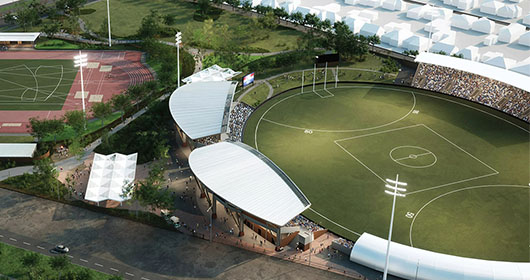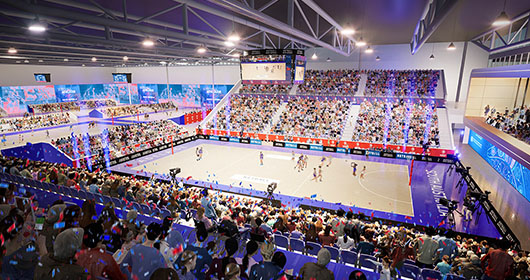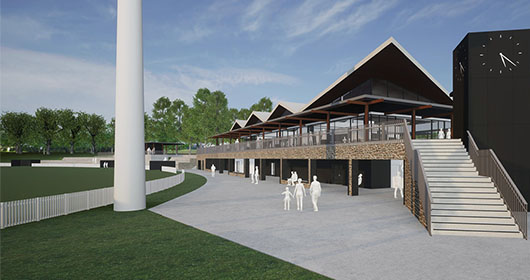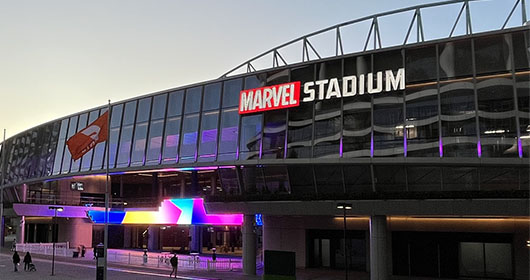History of the Melbourne Cricket Ground
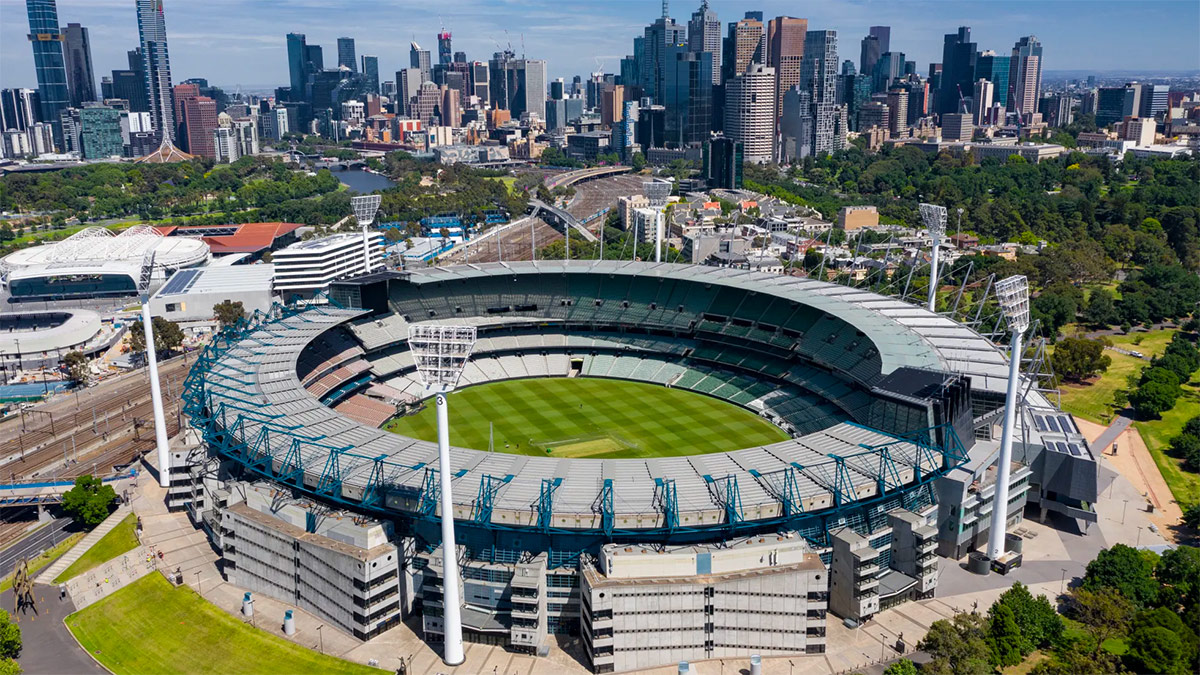
The greatest sporting arenas can be found around the world, such as the Lord’s in London, Kensington Oval in Barbados, and the Eden Gardens in India, but one shouldn’t look past the rich history that the Melbourne Cricket Ground holds.
Situated in the heart of Melbourne, the Melbourne Cricket Ground, or simply the MCG, is known to be one of the largest stadiums in the world and the second-largest cricket ground by capacity.
The MCG has a capacity of 100,024 including seating for around 95,000 spectators, which is often full for major sporting events. Not only is it the biggest cricket stadium in Australia, but it’s also the biggest in the entire Southern Hemisphere, as well as the 11th largest overall around the world.
This Australian stadium has contributed a lot to the sports scene, not just in Australia but also in the world as it has been used for various major international sporting events. The Melbourne 1956 Summer Olympics, 2006 Commonwealth Games, as well as the 1992 and 2015 Cricket World Cups are just some of the many events that have been staged at this Australian asset.
But why was this cricket ground built in the first place? Let’s find out why as we discuss the history of the Melbourne Cricket Ground.
Memory lane
It all started in 1853 (less than 20 years after the foundation of Melbourne) when the Melbourne Cricket Club (still in its 15th year) was kicked out by the government from their former site as Australia's first steam train would pass through the oval they’re playing on.
In 1854, the first members stand was built, then eventually, the public grandstand that can hold 6,000 spectators was constructed in 1861.
That’s how the Melbourne Cricket Ground (MCG) was founded by such a remarkable story that’s incomparable to any other grounds around the world.
The MCG hosts many sports, but most commonly is used for cricket and the Australian Football League (AFL). The MCG was the centrepiece of the Summer Olympics in 1956 and Commonwealth Games in 2006 and is the home of the National Sports Museum. It also welcomed some notable individuals, such as when Pope John Paul II visited the country in 1986 and Queen Elizabeth II in 1954, 1970, and 2006.
Australian Football League
The first football trial game was played in MCG by the police officers in 1869. It wasn’t until 1897 that the first official football match was played at the ground through the formation of the Victorian Football League (VFL).
The MCG was originally home to the league’s oldest club, the Melbourne Football Club, and has since also become the home ground of Richmond, Collingwood and Hawthorn.
AFL/VFL Grand Finals have been held at the MCG since 1902, except in 1924, 1942-1945, and 1991. The 2020 and 2021 Grand Finals were also held elsewhere due to the Covid situation in Victoria. The AFL Grand Final usually takes place each year on last Saturday of September, and millions of fans around the country and indeed the world look forward to the game. The ground always sells-out with tickets at a premium.
Cricket
The first cricket match held at the MCG was in September of 1854, soon after the birth of Test Cricket. A century later, One Day International cricket matches were played at the ground. As mentioned earlier, the MCG has hosted two Cricket World Cups, in 1992 and 2005, and has held the Final of the tournament on both occasions.

In 1886, the very first Test Match was played in the ground by the Indigenous Australian cricket team, although it wasn’t until 1980 that the Melbourne Cricket Club and the Australian cricket team secured the rights to begin a test match annually on Boxing Day at the MCG. It has since become Melbourne’s beloved tradition and attracted massive crowds. Any game played in the MCG tends to attract a big spending on cricket betting markets around the world.
Other sports
Aside from the common sports played in the MCG like AFL and cricket, it has also hosted many other sports and events including rugby union, Bledisloe Cup, FIFA World Cup Qualifiers, the Rugby League State of Origin series, and even lacrosse, tennis and nineteenth-century cycling.
As for rugby, the first game played in the stadium happened on the 29th of June 1878 when the Waratah Club of Sydney played the Carlton Football Club.
Other facts about MCG
The MCG is located in Yarra Park, Melbourne, the capital of Victoria, and is operated by the Melbourne Cricket Club. The stadium has two grandstands – the Great Southern Stand which cost $150 million and opened in 1992; and the Northern Stand which replaced three existing stands and cost $460 million, opened in several stages but was completed in 2006.
The iconic stadium holds so much history of sports in Australia, the Melbourne Cricket Ground is already considered a national heritage. In fact, the Victorian Heritage Register has already enlisted the stadium as one. Not just that, it was also among the list of the Australian National Heritage in 2005.
As the Australian sports journalist Greg Baum said, the MCG is “a shrine, a citadel, a landmark, a totem,” which accordingly became the symbol of Melbourne to the world.
No wonder why so many people (tourists and locals alike) never miss visiting the ground regardless of how many tourist attractions that Australia can offer. Indeed, the Melbourne Cricket Ground isn’t just a typical stadium, it’s also filled with a beautiful narrative that something great can happen after a loss.

